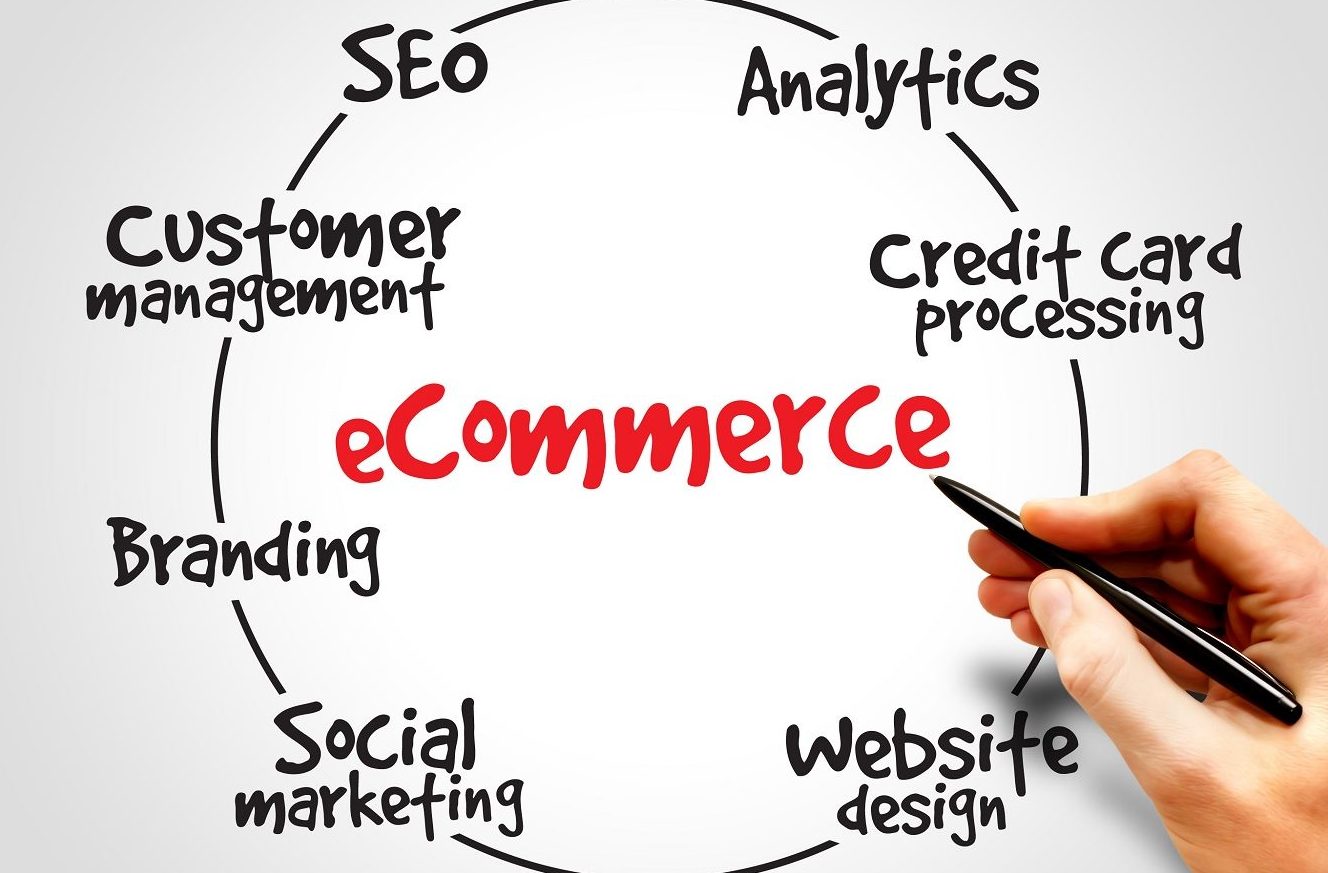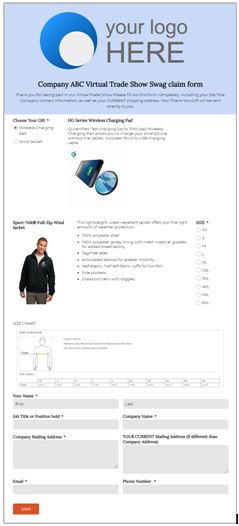Are you struggling to find an effective landing page design for your eCommerce website? Landing pages play an important role in the consumer experience, offering relevant information in a concise and easy-to-follow manner. eCommerce website design experts like our Wisconsin based team at Marketing Metrics Corp. understand the importance of applying various marketing techniques to each landing page on a website in order to boost overall sales. With a few strategic marketing practices in mind, business owners can implement engaging landing pages that command the viewer’s attention and increase conversions.
With a combined 55 years of marketing experience, we have guided countless business owners in creating effective landing pages through website design techniques that have the power to significantly boost conversions. Here we have highlighted a few key website design practices that will help you optimize the landing pages on your eCommerce website.
eCommerce Landing Page Practices That Boost Conversions
- Guide your viewers with clear headlines
When designing a website, it is essential to make your landing pages easy to navigate so that the consumer can find the information they’re looking for with minimal effort. Clear headlines are a great way to let your customers know they are in the right place and prevent them from losing interest in your offerings. Website designers should assume that customers are visiting each landing page independently without having first visited the home page. This will allow developers to position headlines and logos accordingly so that the viewer feels engaged with the brand.
- Brand your landing pages
As previously mentioned, consumers could be directed to your landing pages from a variety of different web locations. For this reason, it is equally as important to create landing pages that are representative of your brand as it is to design an effective home page. This can be done by clearly placing your logo on each landing page and implementing a consistent tone, style, color, and font throughout all of the written content on your website. Your brand should be easily recognizable across all of your web pages, advertisements, and social media platforms.
- Use images to describe your offerings
Landing pages that feature large blocks of text with minimal imagery can be dull and disengaging. By using simple images to supplement long product descriptions, viewers will be far more likely to look into your offerings and make a purchase. Visuals can also bring your offerings to life and contribute to a consistent brand image. At Marketing Metrics Corp. we specialize in video marketing, which can be an effective addition to the text and images on your landing pages.
- Strategically place call-to-action lines
While call-to-action lines are easy enough to implement into landing pages, many website designers do not understand the importance of placing their CTA lines strategically. Visitors to your website should be able to briefly learn about your offerings before being presented with a CTA, however, if it is placed under a large bulk of text and visuals, it may be difficult to keep customers engaged long enough for them to seek out your offerings. CTA lines and buttons should stand out against other web content and be accessible even to those who rapidly skim through your landing pages. This can be done by using bright colors and large buttons surrounded by distinct borders.
- Use certifications and testimonials to build trust
One of the most effective ways to boost conversions through eCommerce website design is to prove your quality and reliability to the customer on every page of your website. Customers should be informed of a secure payment process, along with any relevant certifications or seals of authenticity. We also recommend featuring customer testimonials on each webpage to showcase the quality of your products or services. With so many options for eCommerce websites, visitors are far more likely to purchase on a website that appears to hold a high standard for security and authenticity.
- Space text and imagery out across the page
A crowded landing page can be overwhelming for website visitors. By organizing your text into concise paragraphs and spacing them out between relevant images or videos, your website will be much easier to follow and far more inviting for potential customers. Spacing your web content out will also make it easier for viewers to revisit specific pieces of information on the page without skimming through a large block of copy. eCommerce website designers should avoid filling all whitespace with flashy images and advertisements and allow their offerings to take center stage.
- Keep form fields to a minimum
Long-form fields can be irritating for new website visitors. If you wish to implement a form field into your eCommerce website, make the process quick and easy for the customer by requesting no more than two or three pieces of information. An email address is often all the information you need to boost conversions and keep the customer engaged once they have left your website. Form fields that take more than a few seconds to fill out can often drive potential customers away from your website.
Allow us to help you boost conversions on your eCommerce website with our excellent website design and development services in Wisconsin!
If you are looking to create a thriving eCommerce business, Marketing Metrics Corp. offers a variety of exciting digital marketing services that are proven to significantly increase conversions. Our eCommerce marketing service focuses on helping businesses develop an optimized online catalog, streamlining the online checkout experience, as well as integrating Enterprise Resource Planning, which prevents technical errors during transactions. Additional services include content marketing, SEO services, PPC display, lead generation, and much more!
Marketing Metrics Can Help
Our team has decades of experience specializing in industrial, employment, and manufacturing marketing as well as branding, consulting and website security in Wisconsin, and we are dedicated to helping businesses find success with our diverse range of marketing solutions. For more information on our services, contact us today through our online form or call us at (262) 691-9229!











